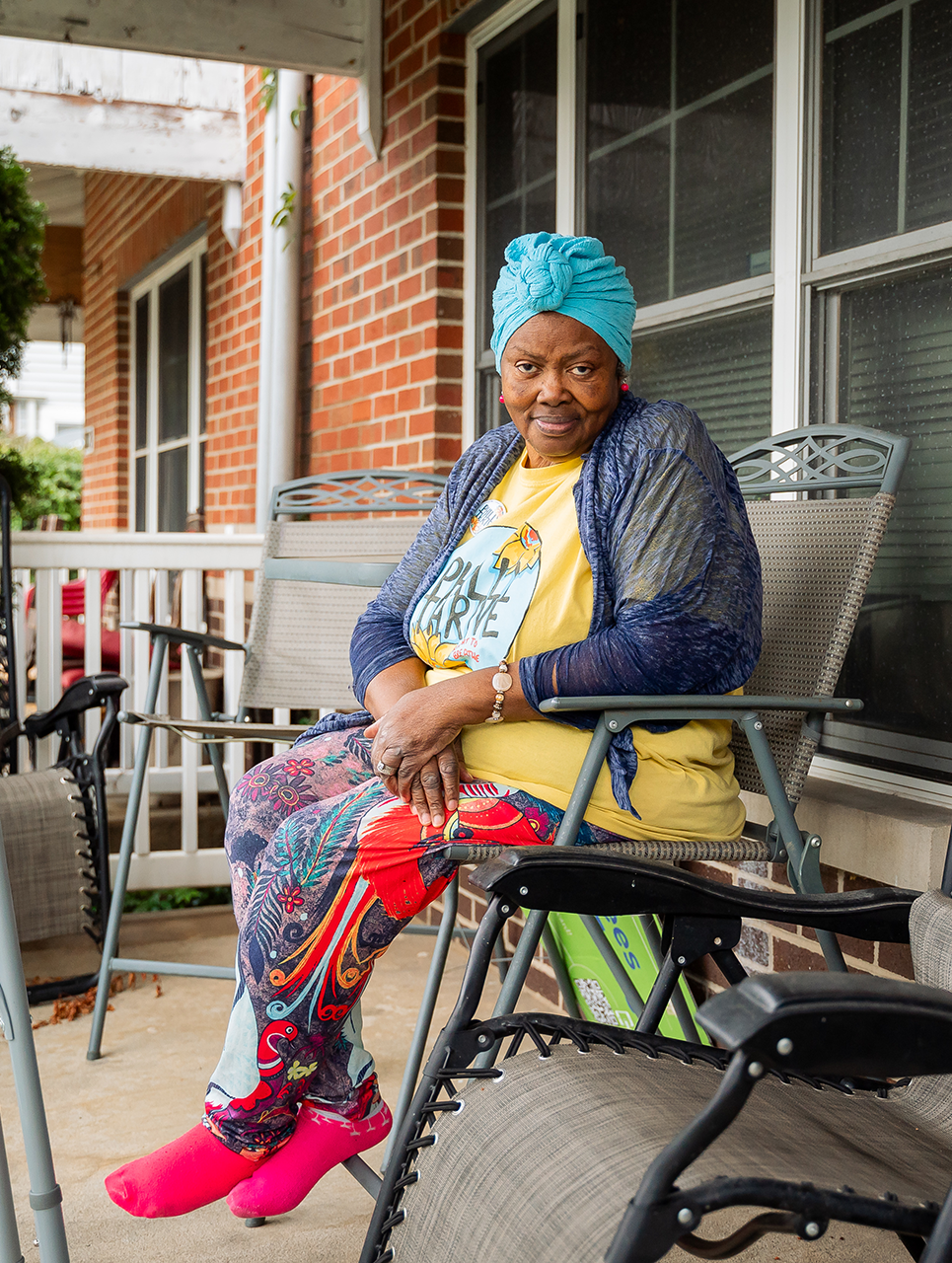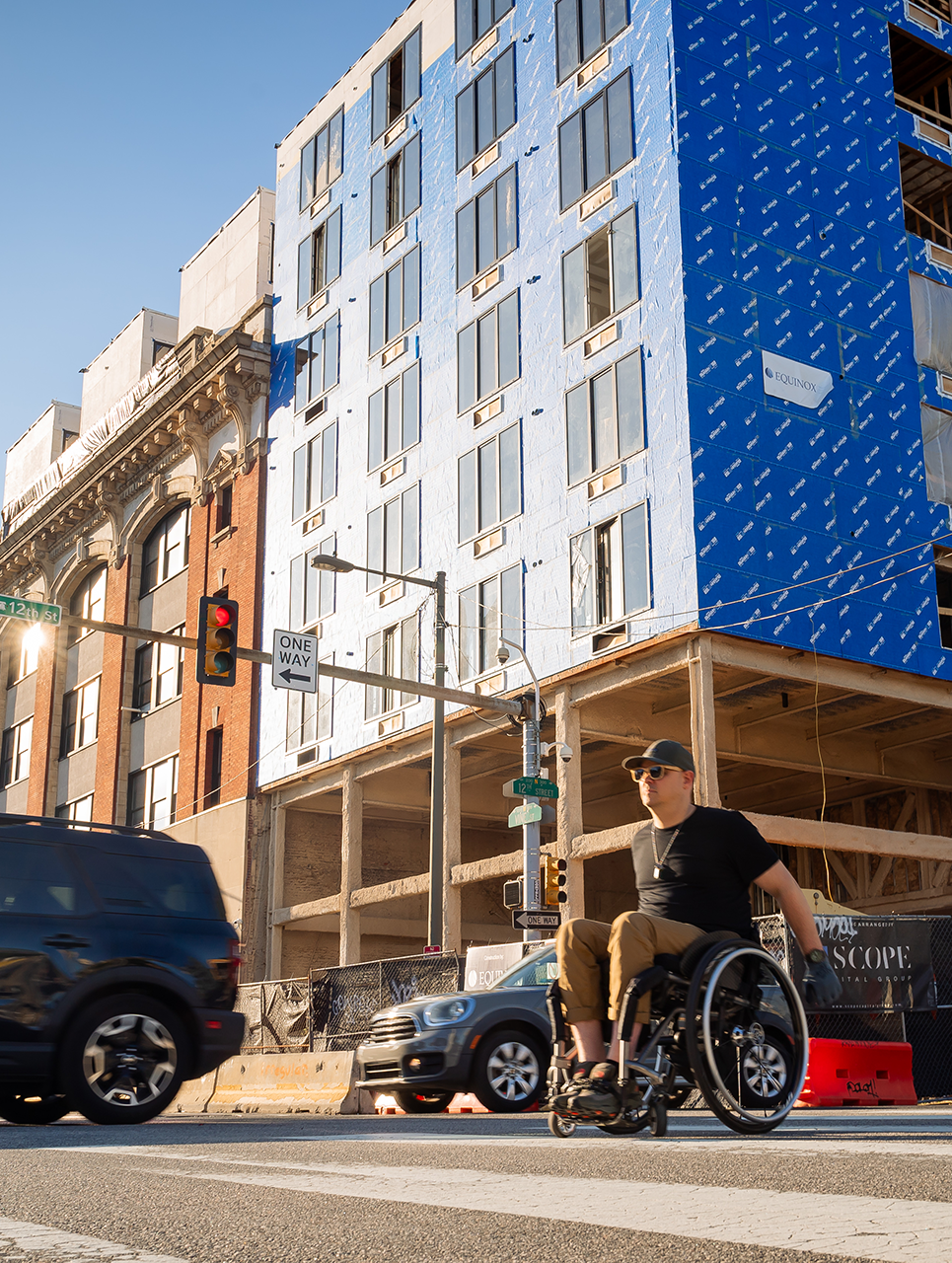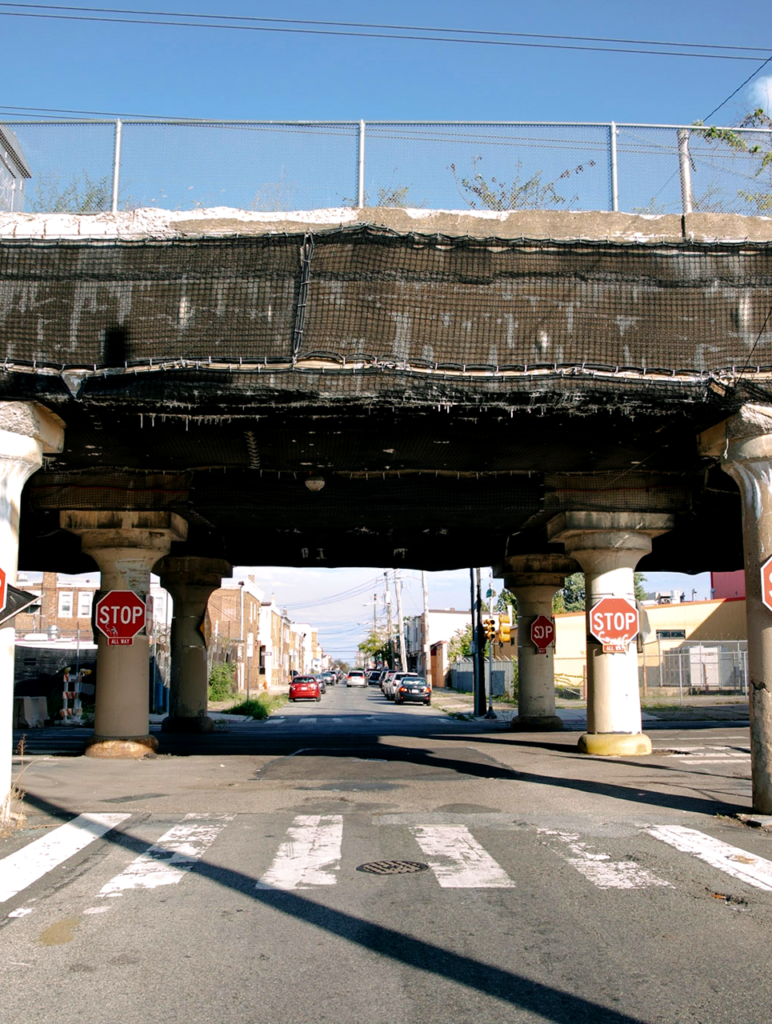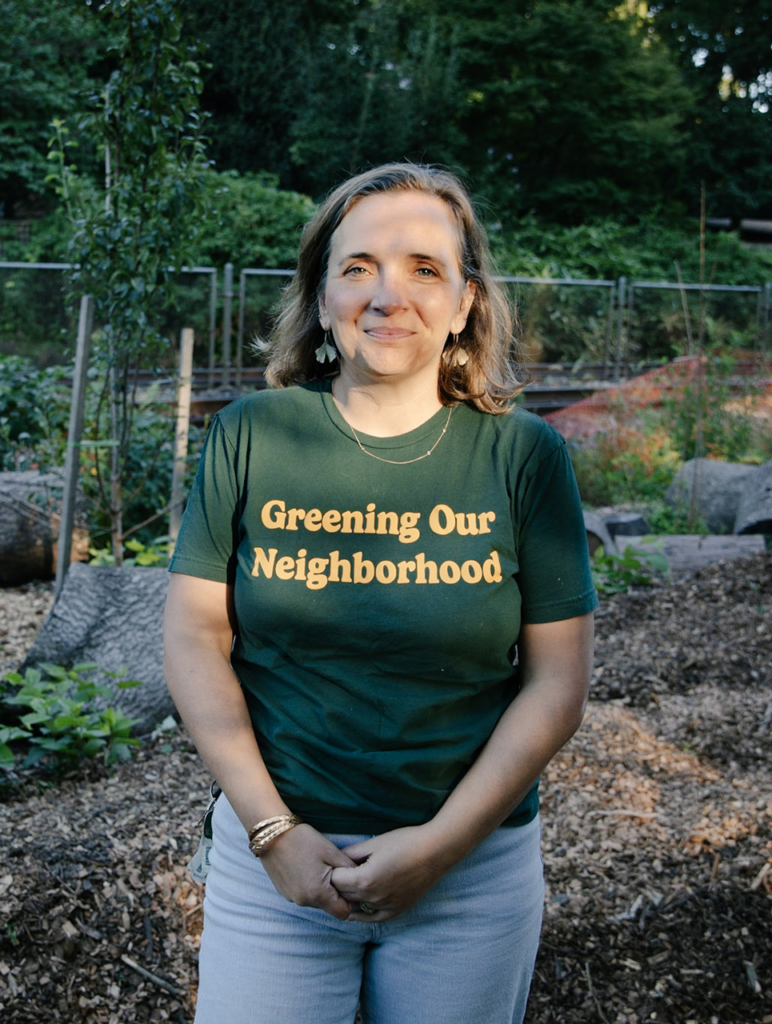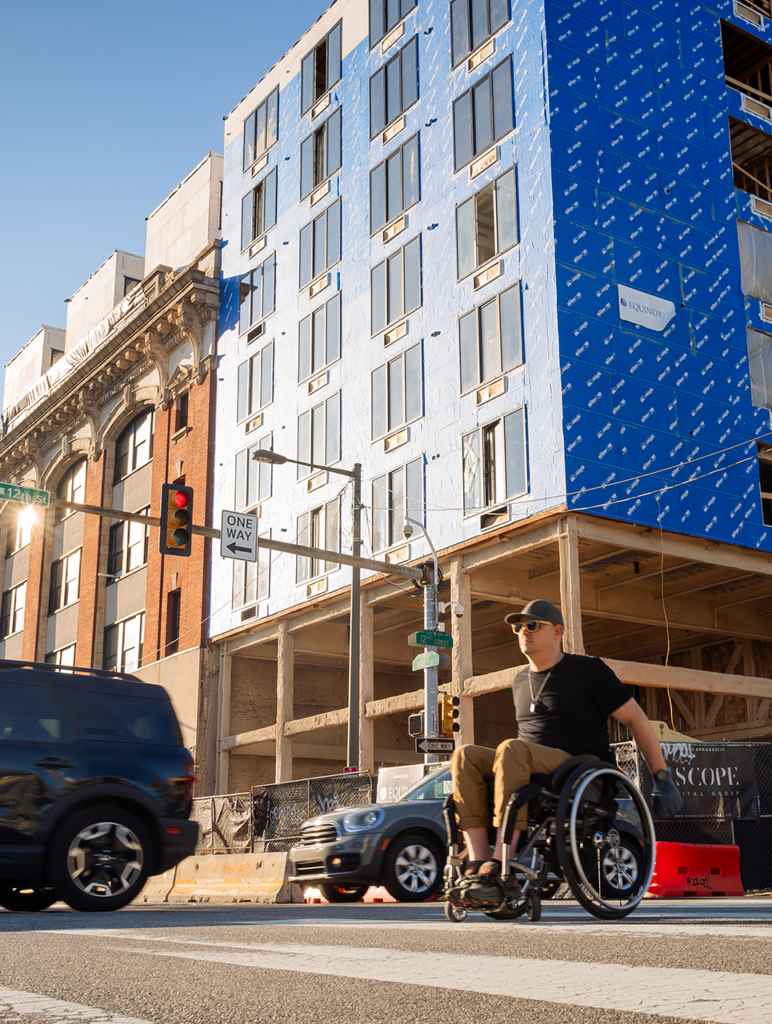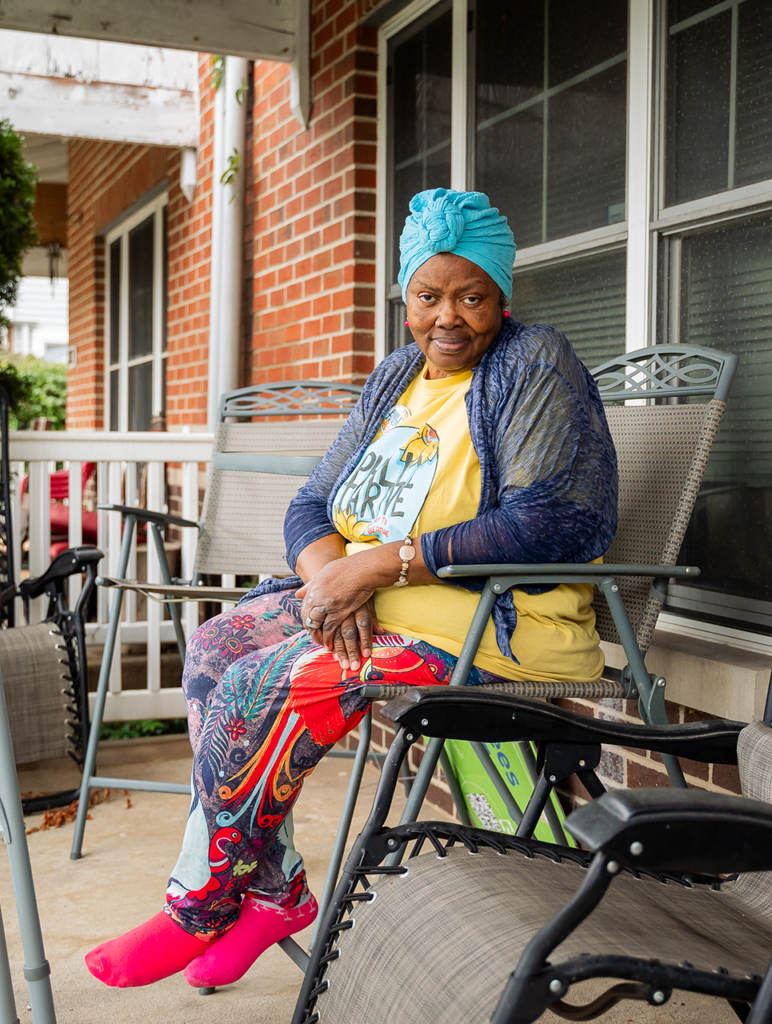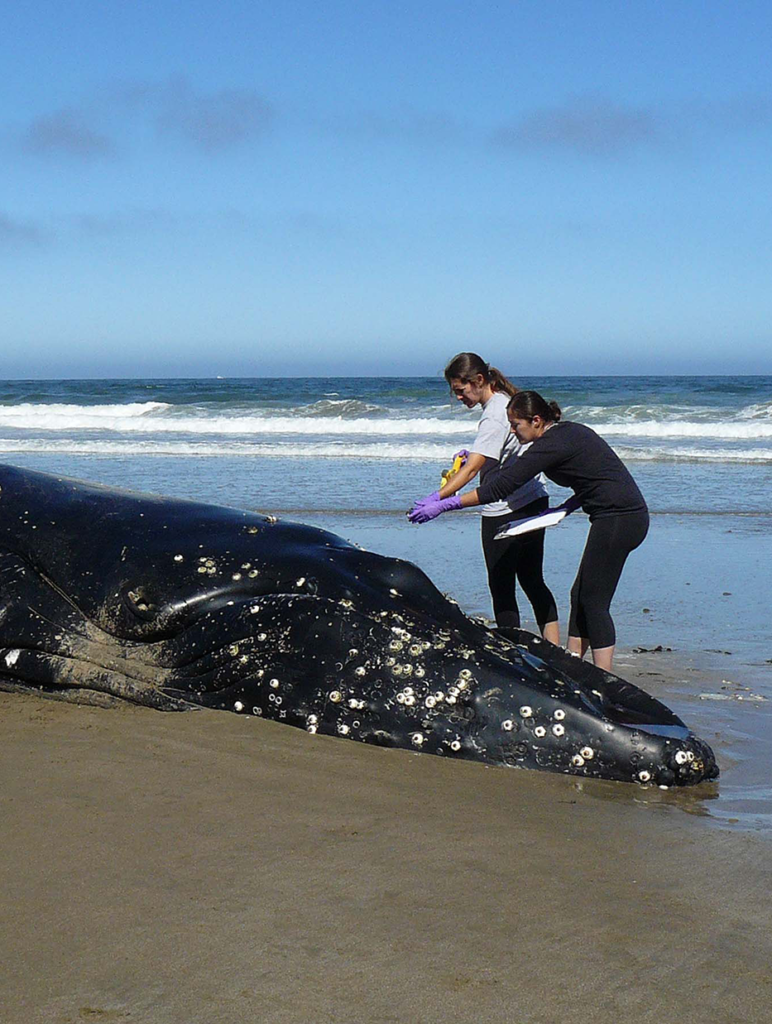I drive, walk and bike with one eye following the pavement, scanning for dead animals.
It comes from my background as a herper, someone who recreationally searches for reptiles and amphibians. A popular way to find the critters I love is “road cruising,” in which you drive around and look for them crossing the pavement. In the process you also spot the creatures that don’t make it across.
Herpers have a lexicon of terms for roadkill, such as road jerky, road pizza or simply DOR (for Dead On the Road). We can identify the species of animal from even freeze-dried, sun-baked scraps at 75 miles per hour on the interstate and we know that there are far more bodies ground into the asphalt than normal people ever notice. Thus it comes as no surprise to a herper like me that biologists have estimated that hundreds of millions of vertebrates (animals with backbones) get killed on North American roads every year.
The effects of roads on wildlife is one of those topics I try to stop myself ranting about at dinner parties, so it delighted me to see Noah Raven and Carolyn Kousky’s article about a proposal to fund more wildlife road crossings. Yes, we need to make it safer for animals to cross the road, but I can’t help but wonder, wouldn’t having fewer vehicles driving less also reduce the slaughter?
And why stop with cars? We know if we slow container ships down a bit, they won’t kill so many endangered whales and Atlantic sturgeon. It’s a critical fix, but wouldn’t having fewer ships on the water also save whales?
Likewise, properly maintaining our rail infrastructure and fully staffing trains is vital to reduce the risk of a derailment that could cause a toxic disaster. But we also need to buy less stuff to reduce the volume of vinyl chloride and other nasty chemicals transported on trains.
My point is that the scale of transportation and consumption (since we must transport the goods we consume) matters as much as the technical details of transportation safety.
I worry that only hardcore, crunchy environmentalists would seriously propose that everyone drive less to avoid running over turtles, or that we scale back global trade to save the whales. Bet let’s slip on our darned-elbow cardigans for a moment and try to imagine a world in which we don’t buy and ship as many consumer goods from China on container ships 1,300 feet long, or send American fossil fuels around the globe on tankers that could stretch across three football fields.
It’s time to commit to Less.
Of course Less is at a disadvantage in an economy driven by companies and leaders that benefit from More. No one makes money from you buying less stuff. Walking instead of driving is similarly a bust for everyone from Ford to Exxon.
Virtually all the advertising dollars flow to More. It falls to advocacy organizations and the environmental press to argue for a scaled-down transportation system and a circular economy.
So let’s have at it. We hope readers who are already pros at Less find some new ideas and inspiration in this issue. And we hope we can help readers who are newly disquieted at the hazards and casualties of our transportation system learn more about how to solve problems — even as we shrink them.
Bernard Brown, Managing Editor



